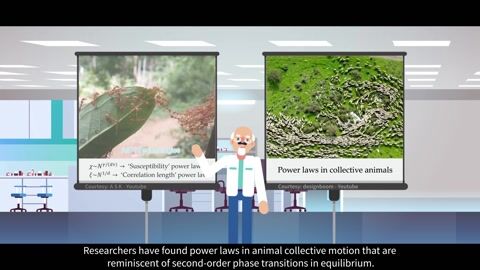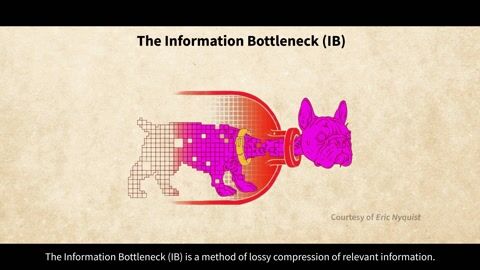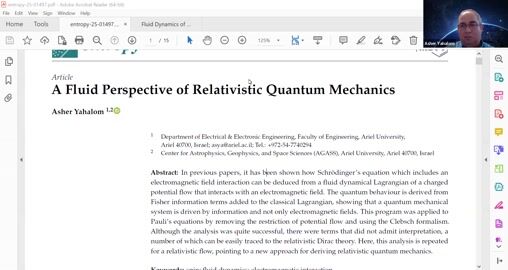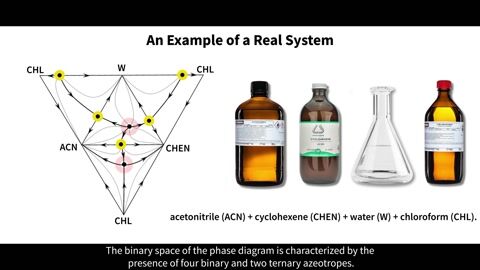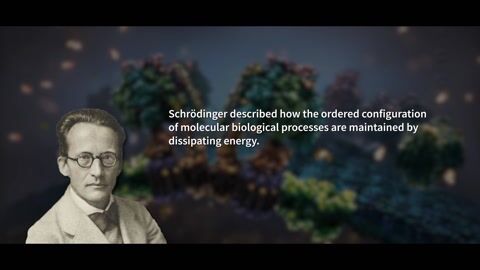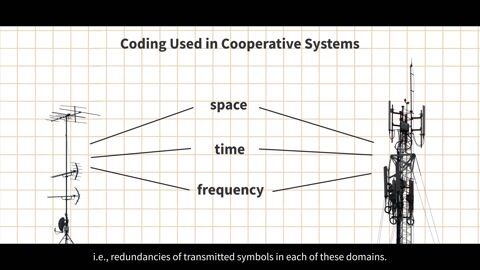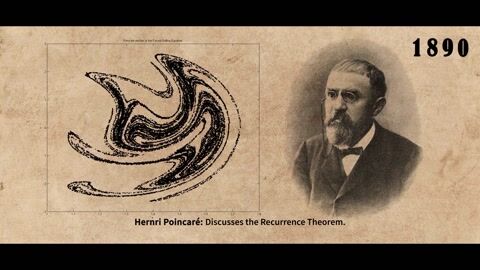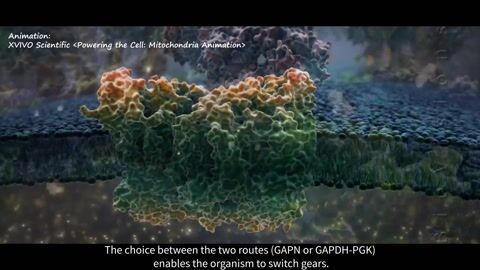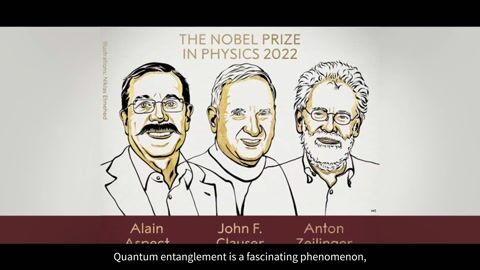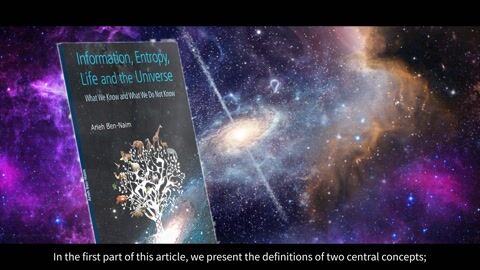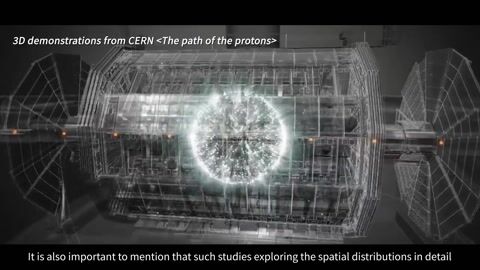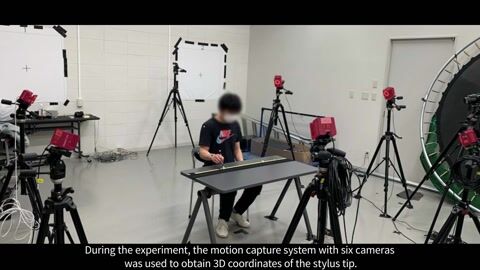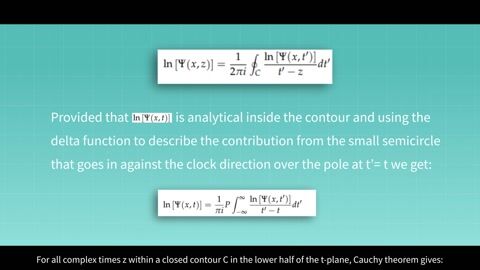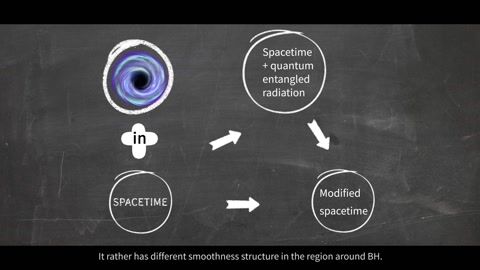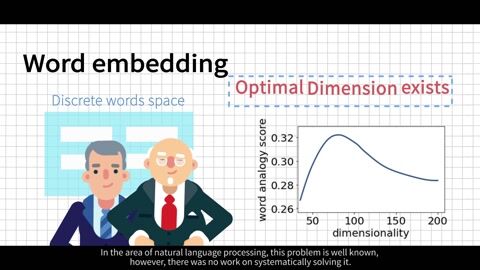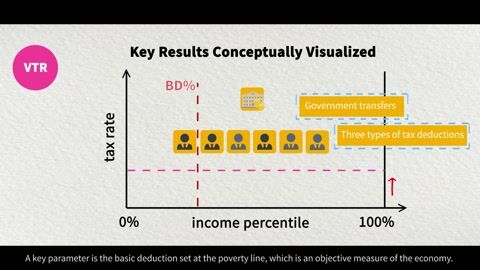- Subjects: Physics, Particles & Fields; Physics, Nuclear
- |
- Contributors:
- Mate Csanad ,
- Dániel Kincses ,
- Maria Stefaniak
- heavy-ion physics
- femtoscopy
- Lévy distribution
This video is adapted from 10.3390/e24030308
Exploring the shape of the pair-source function for particles such as pions or kaons has been an important goal of heavy-ion physics, and substantial effort has been made in order to understand the underlying physics behind the experimental observations of non-Gaussian behavior. In experiments, since no direct measurement of the source function is possible, quantum-statistical momentum correlations are utilized to gain information about the space-time geometry of the particle emitting source. In this paper the investigation of the two-particle source function in lead-lead collisions simulated by the EPOS model at a center of mass energy per nucleon pair of 2.76 TeV is presented. The two-particle source functions are reconstructed directly on an event-by-event basis for pions, kaons and protons separately, using the final stage of EPOS. A Lévy source shape is observed for all three particle species in the individual events, deviating significantly from a Gaussian shape. The source parameters are extracted as functions of collision centrality and pair average transverse mass (mT). The Lévy exponent is found to be ordered accordingly to particle mass. The Lévy scale parameter is found to scale for all particle species with mT according to Gaussian hydrodynamical predictions; however, there is no mT-scaling found across these species. In case of pions, the effect of the decay products is also investigated, and it is found, that both the Lévy scale and the Lévy exponent are decreased when decay products are also included in the analysis.







